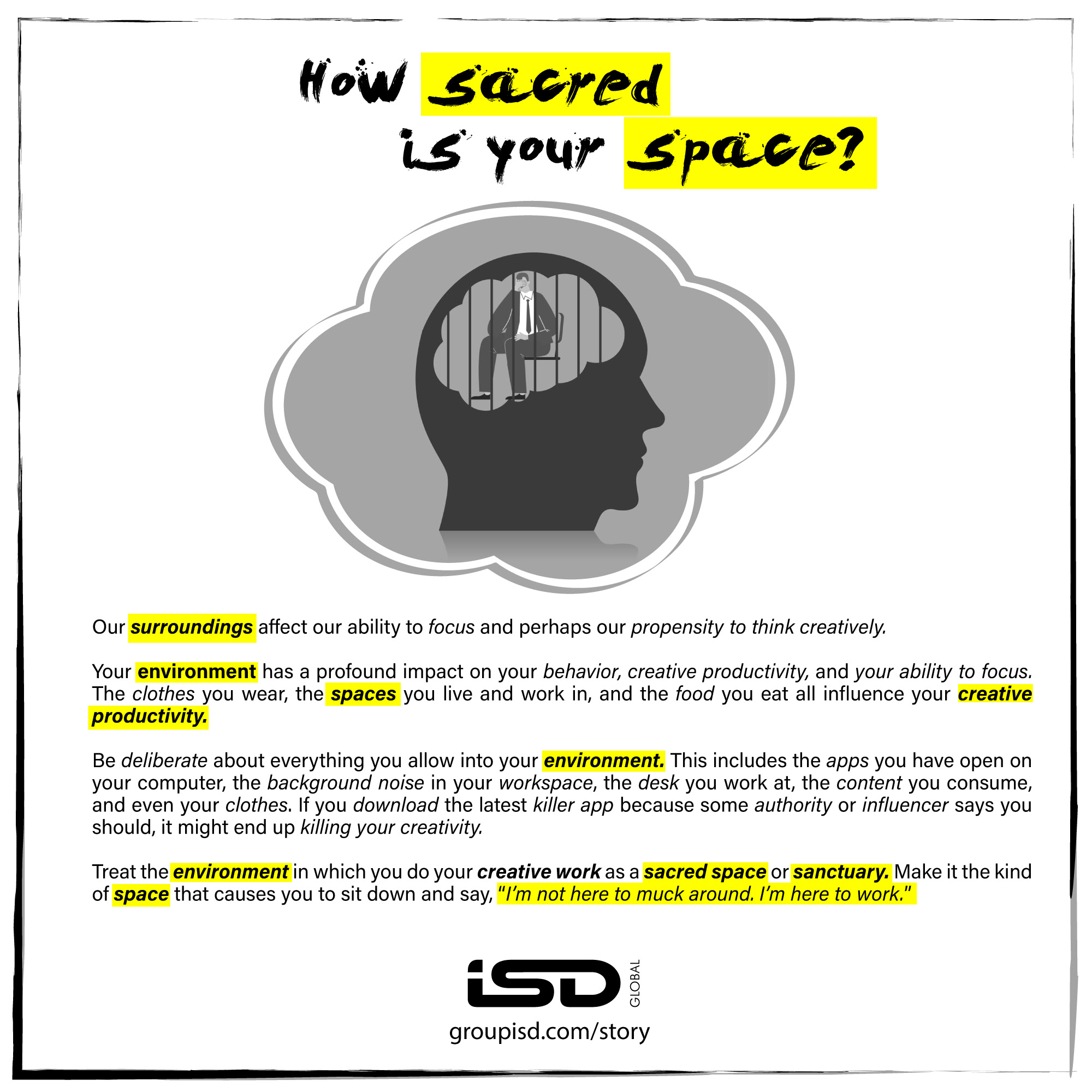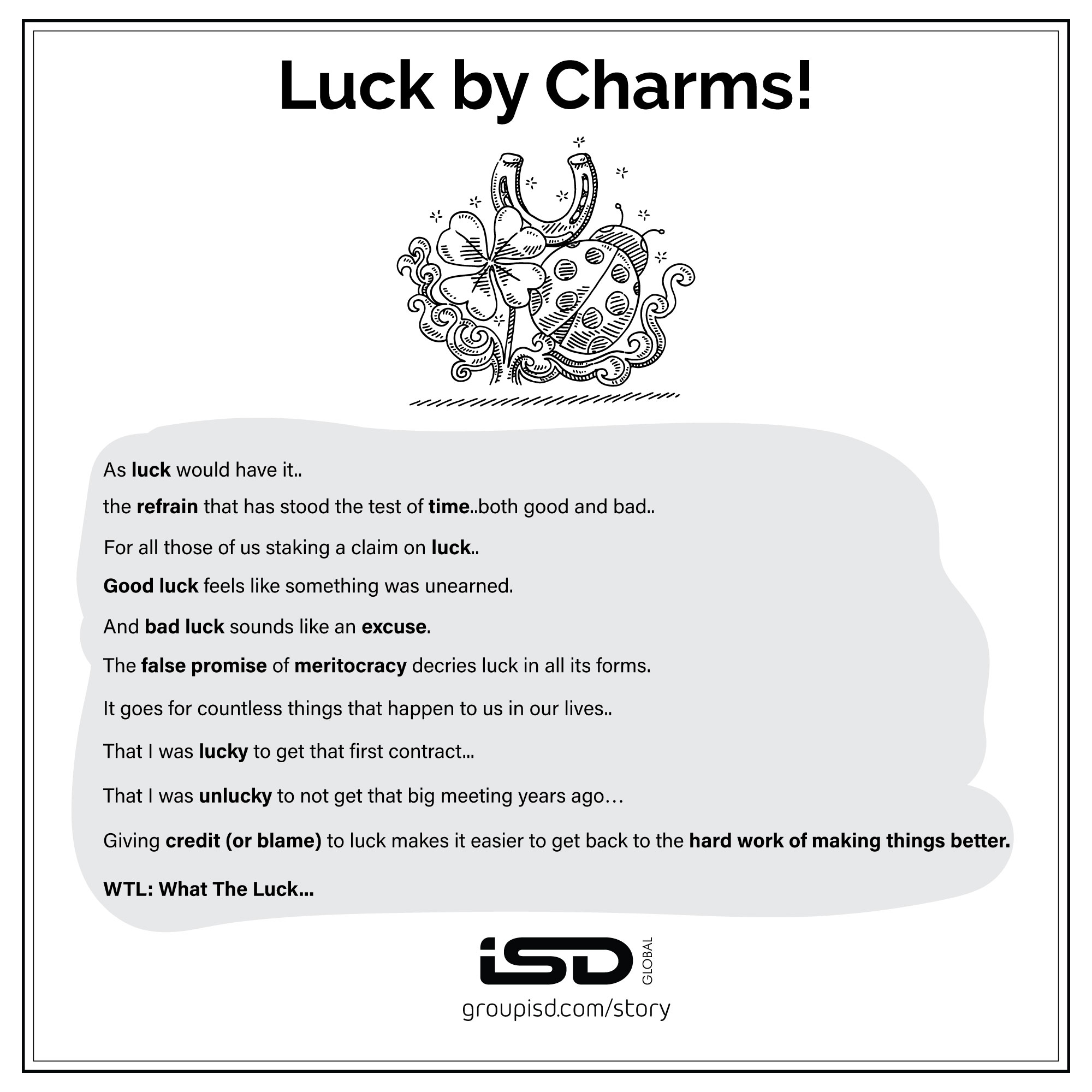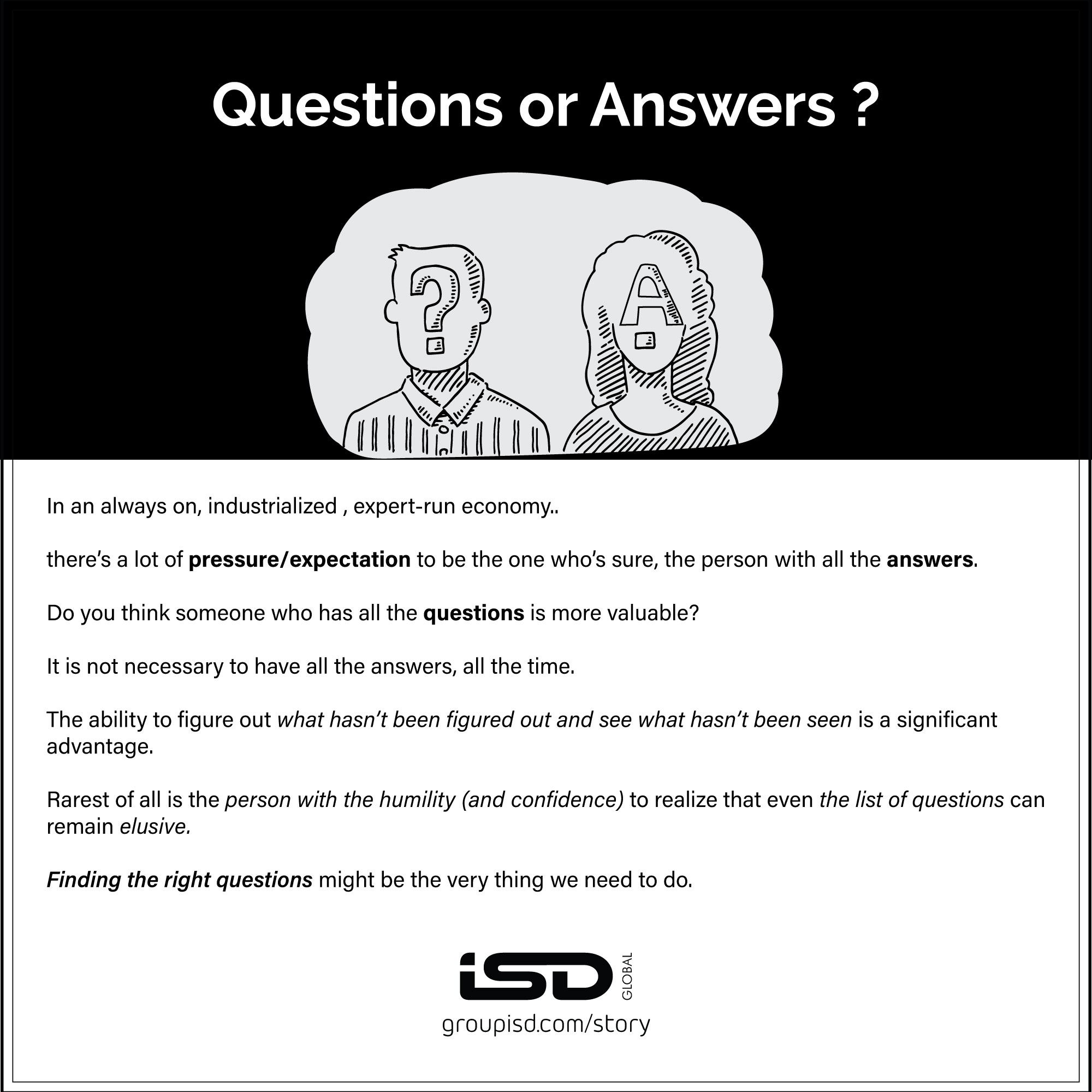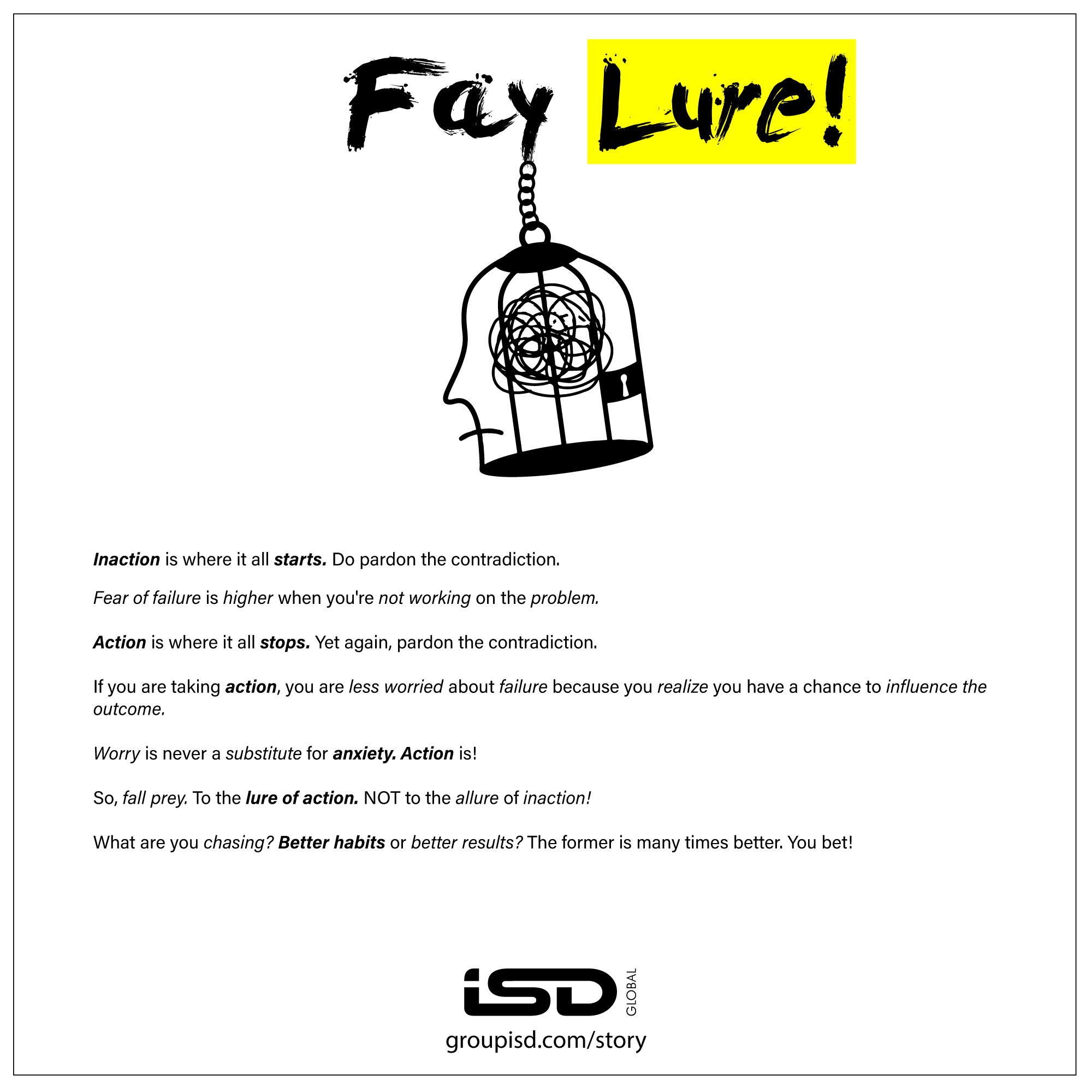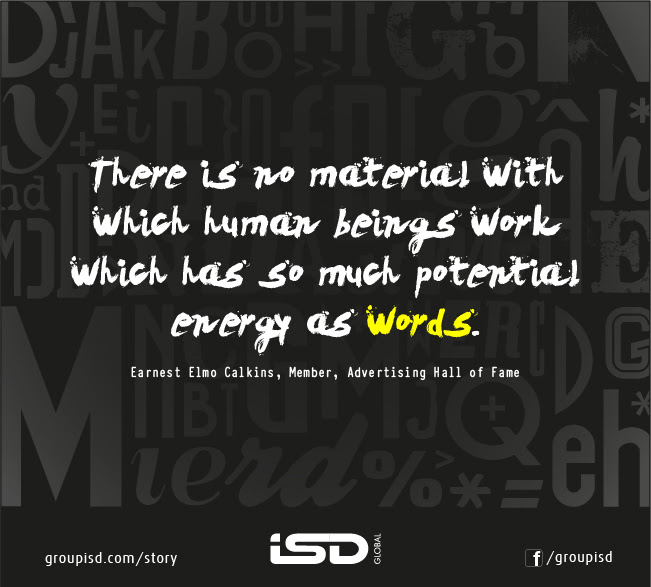‘Modesty’
Modesty is showing restraint in the appreciation of oneself and of one’s qualities.
In literature, modesty is unpretentiousness in the expression of feelings.
Modesty is the color of virtue.
There are several explanations going around but the above is a reasonable summa summarum of what modesty is. We get the message.
Impressions matter in life. Whether it’s a client meeting, an office get together, a first date, a job interview, how others perceive us, can define or destroy our goals. That being said, in a team setting where cooperation and collaboration is the rote, display of luxury items be it watches, bags, shoes, cars or any such could actually be a party pooper. Especially if they are done with the intent to enhance and communicate social status.
Recent research published in the Journal of Personality and Social Psychology ( Deborah Small | Alixandra Barasch | Shalena Srna) says that when an individual uses luxury goods, the person is perceived as someone out to boost his|her own social value and hence selfish and a poor team player. As a result, they are less likely to inspire cooperation or be chosen by others for their teams. By contrast, in competitive situations, the same ostentatious person is often favored over more modest rivals.
Yes, The Devil indeed wears Prada. ‘ Conspicuous consumption ‘ was a term coined by Sociologist Thorstein Veblen in 1899 to describe people acquiring luxury goods and services not just for their superior quality but also as a visible sign of their wealth and status.
Status is a potent weapon for determining and influencing consumer behavior and the pursuit of status is highly valued in cultures that are characterized by hierarchy and tradition. This is the consumer insight that is leveraged by brands like Louis Vuitton or Burberry and the insignia display of LV or the Plaid is used unabashedly. Ostentatious consumers tend to be seen as more arrogant, less warm, and even less moral. The Devil Wears Prada is fictional but the association between luxury spenders and emotional frostiness is very real.
Context has a big role to play here. Name dropping, fancy clothes etc would be helpful in winning negotiations but where teamwork and cooperation is the call of the hour, modesty is a better approach.
The same Sociologist Veblen also coined the term ” conspicuous compassion “. Status signalling is not just about overtly displaying wealth or career success. It can come in the form of green credentials, altruism, being a rebel or a contrarian, or being cool, depending on which circle you are seen in and want to influence.
Being sincerely modest is not easy, because there is a great temptation to fall into falsehood. The playwright Prosper Jolyot de Crais-Billon (1707-1777) said: “Of all the virtues, the one which, in the world, always seemed to me to succeed least to the one who practices it, is modesty.” While the poet Pierre Reverdy (1889-1960) added: “The best thing about modesty is the intelligence that must be deployed to stick to it“.
There is a very close link between modesty and humility, but the line is a fine one. It would be tempting to see modesty only as a social convention, while humility would be truth in itself.
So, if status signaling is the intent, pay attention to context. Modesty Blaise anyone?
